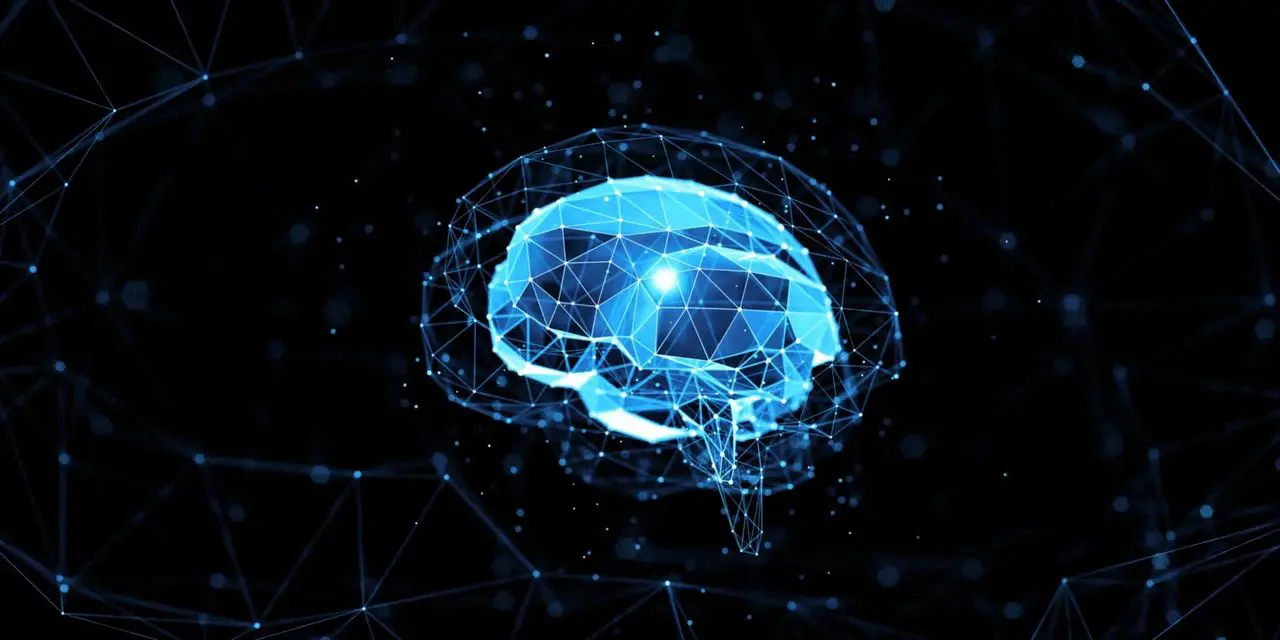
How Trauma Impacts the Brain: Surviving to Thriving
As a therapist, one of the most profound truths I’ve encountered is that trauma changes us—not just emotionally, but physically, too. Trauma, whether it stems from a single distressing event or prolonged exposure to adversity, reshapes the way our brain works, often in ways we’re not even aware of. If you’re reading this, you or someone you care about might be seeking clarity on why certain feelings or reactions persist despite your best efforts. Understanding the impact of trauma on the brain is a powerful first step in the journey to healing.
The Brain’s Response to Trauma: A Survival Mechanism
When we experience a traumatic event, our brain’s primary goal is survival. This is orchestrated by the limbic system, the part of the brain responsible for emotions and responses to danger. Within the limbic system, two key players come into focus:
- The Amygdala: Often referred to as the brain’s “alarm system,” the amygdala detects threats and triggers the fight, flight, or freeze response. After trauma, the amygdala can become hyperactive, overreacting to situations that may not be dangerous but feel that way.
- The Prefrontal Cortex: This is the brain’s reasoning center, responsible for rational thought and decision-making. Trauma can disrupt its ability to calm the amygdala, making it harder to assess situations logically or regulate emotions.
- The Hippocampus: This part of the brain helps process and store memories. Trauma can impair the hippocampus, leading to fragmented or intrusive memories and difficulty distinguishing the past from the present.
The Long-Term Effects of Trauma on the Brain
Trauma doesn’t just change how the brain responds in the moment; it can have lasting effects. Chronic trauma, such as abuse or neglect, can leave the brain in a heightened state of alert, known as hypervigilance. This can manifest as anxiety, difficulty concentrating, or an exaggerated startle response.
In some cases, trauma can even change the brain’s structure. For example, studies have shown that the hippocampus may shrink in individuals who have experienced prolonged trauma, contributing to memory problems and emotional dysregulation.
The Role of Neuroplasticity in Healing
The good news is that the brain is remarkably resilient. Through a process called neuroplasticity, it can rewire itself, creating new pathways that promote healing and resilience. This is where therapy plays a crucial role. Techniques such as trauma-focused cognitive behavioral therapy (CBT), Eye Movement Desensitization and Reprocessing (EMDR), mindfulness, and somatic therapies can help “rewire” the brain, soothing the amygdala, strengthening the prefrontal cortex, and restoring balance.
Moving Toward Healing
If you’ve experienced trauma, it’s important to remember that your reactions are not signs of weakness—they are signs of a brain that has worked hard to protect you. With the right support, you can move from surviving to thriving.
As a therapist, my goal is to create a safe space where we can explore these changes together. Healing from trauma is a journey, but it’s one you don’t have to take alone. There are unique strategies to help brains process trauma, like Brainspotting, Internal Family Systems, EMDR, Emotionally Focused Therapy and other somatic strategies to help with processing. If you’re ready to start, I’m here to help.
Feel free to reach out with any questions or to schedule a session. Together, we can work toward understanding, healing, and hope.
trauma #brain impact #neuroplasticity #shame #trauma healing #surivival #amygdala #survival

